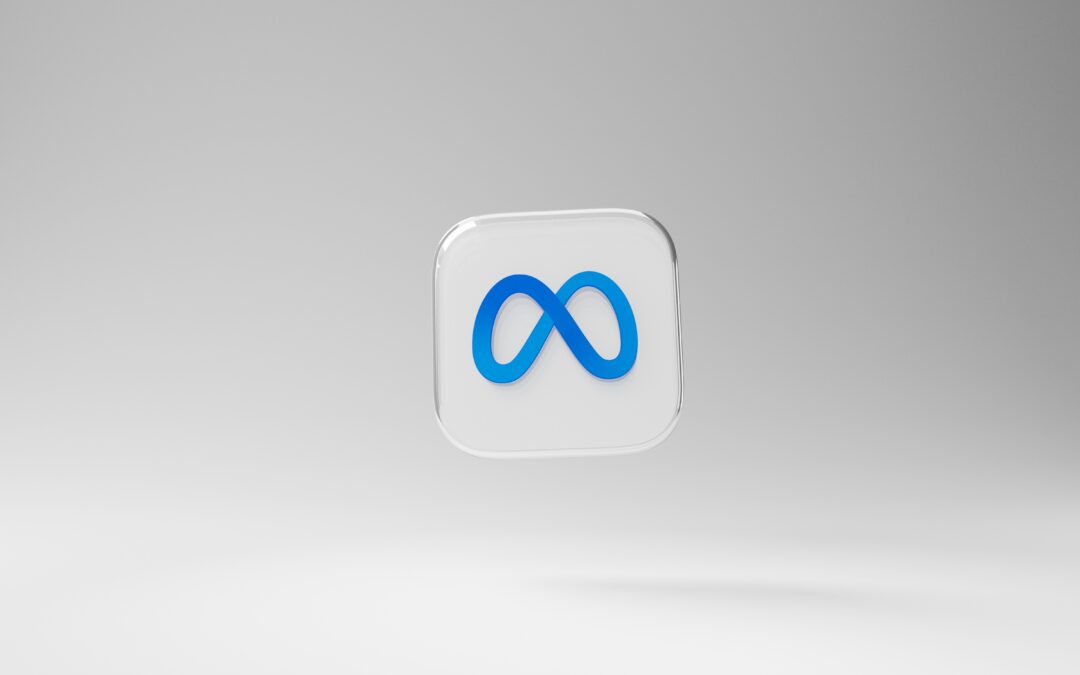


Meta’s AI Push on Facebook and Instagram
Advertisers continue to adapt as social media platforms like Meta roll out new features that use AI. In September, the second-largest digital ad platform in the United States announced new features that rely solely on AI to create content for both users and...
Meta Announces New Generative AI Tools for Facebook and Instagram
The popularity of generative AI is rapidly changing how businesses and their agency partners create and develop content ranging from videos to images for paid and organic media. Big Tech firms are accelerating the uptake of gen AI as they use their considerable...
Meta Launches Threads: Advertiser Q&A
In just five days, Meta’s Threads app has become the fastest-growing app in history, with 100 million users, and counting. Threads is basically a Twitter clone, and because it’s connected to a user’s Instagram account, so far both brands and people alike have been...
Why Meta’s Lattice Architecture Matters
Meta continues to demonstrate resilience. In 2022, the company took at $10 billion hit to its bottom after Apple’s privacy controls diminished Meta’s ability to target users with advertising that relies on third-party cookies. Since then, Meta has been developing...